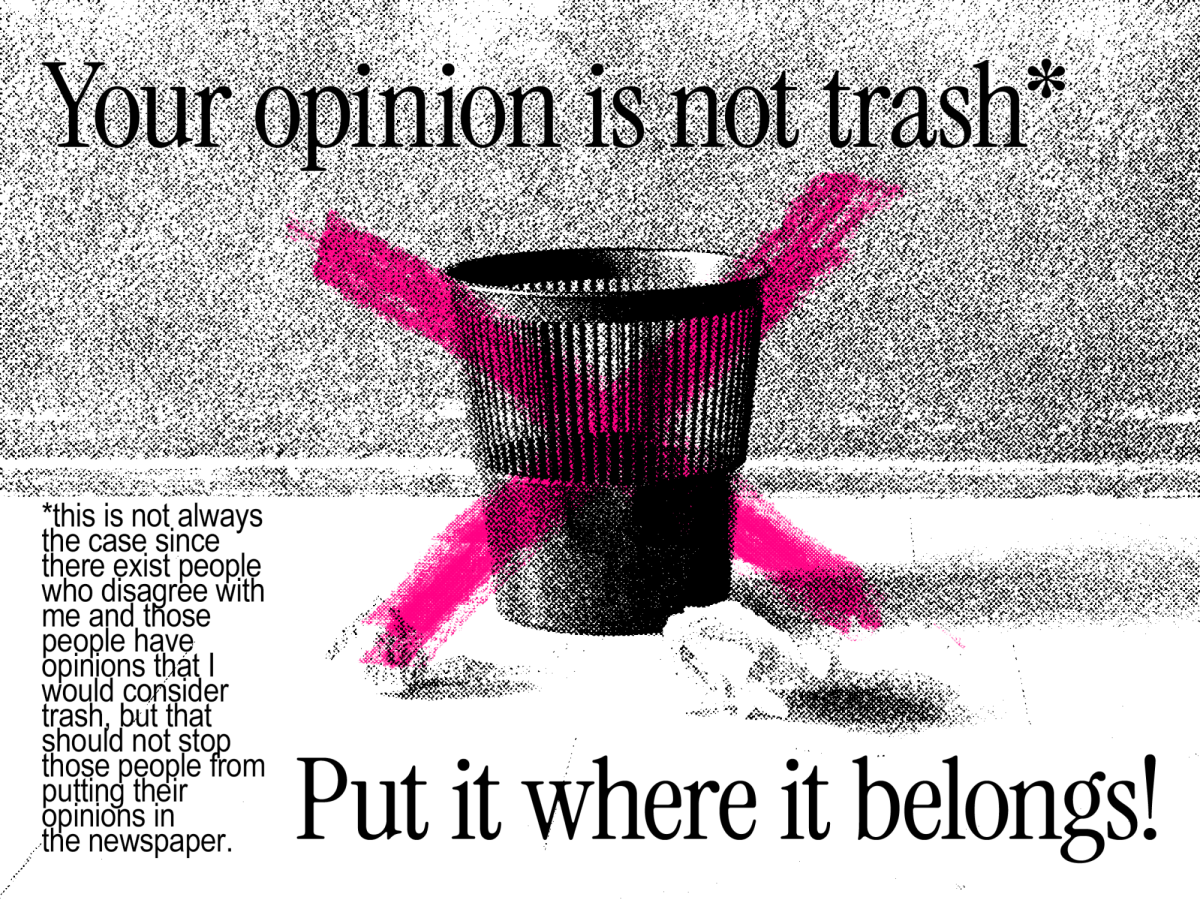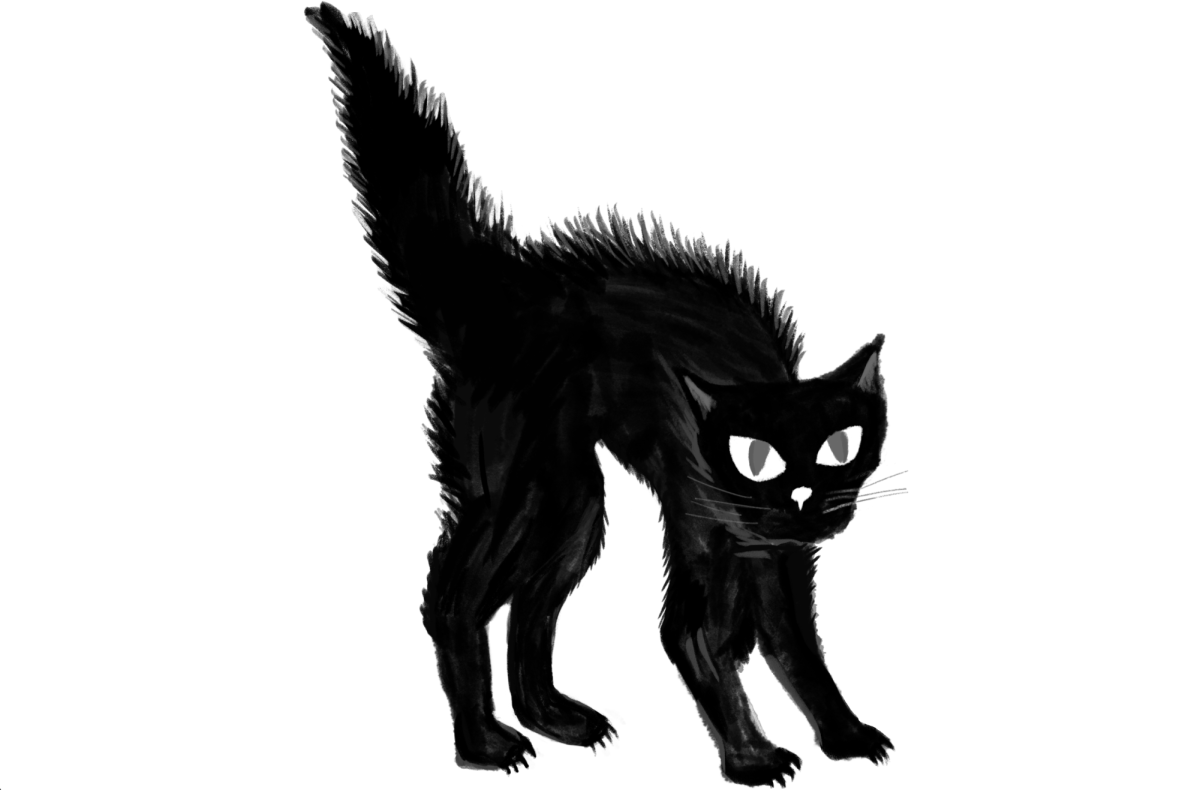Last Thursday marked International Women’s Day, a global holiday established in 1910 during the International Conference of Working Women in Copenhagen. Coincidentally, on this very day, 108 years later—also in Copenhagen—began the murder trial for Swedish journalist Kim Wall, who was killed while on assignment last summer. As a young female journalist, the painful irony is not lost on me.
Wall, then 30 years old, was murdered while aboard a submarine in August 2017 while profiling Danish inventor Peter Madsen, 47. While Madsen has yet to be convicted in a court of law, the evidence strongly suggests his guilt. He claims Wall’s death was an accident in which he had no part, though he admits to dismembering and disposing of Wall’s body.
At this point, any guess toward Madsen’s motives are speculative, though one thing is certain: Wall was murdered while asking tough questions and speaking truth to power. She was murdered for being a journalist. While I understand the statistical unlikelihood of such events happening, at times, Wall’s story and others like it make me fear the consequences of doing my job.
According to the non-profit Reporters Without Borders, Wall was one of 65 journalists killed globally in 2017. Twenty-six of those killed were victims of deadly situations like an air-strike or bombing, while the other 39—the majority—were murdered and “deliberately targeted because their reporting threatened political, economic, or criminal interests.”
The Committee to Protect Journalists says 2017 was especially deadly for women journalists. While the number of journalists killed actually dropped from the previous year, the rate of female journalists killed increased. In 2016, female journalists accounted for seven percent of those killed. That number nearly tripled in 2017, climbing up to 19 percent. In the United States, Black and trans women were murdered at highly disproportionate rates in comparison to their white, cis-gendered counterparts.
So, as eager as I am to celebrate International Women’s Day, these events cast a shadow on the progress made since the holiday’s inception.
Each day I work as a reporter, I interview powerful men who expect me to build myself smaller than them and to apologize for acting bigger than them. At my internship, where I cover crime and breaking news, I am usually the only female journalist at the scene. The male journalists often look past me; it is rare for them to acknowledge my presence.
Like many women in the workforce today, I have no choice but to swallow this, to ignore blatant sexism, keep my head up and work twice as hard to prove my ability. I have gotten used to situations like this. But what happened to Wall—a journalist murdered at the hands of toxic masculinity—infuriates and saddens me beyond words.
I never knew her, but I think about her all the time when I’m in the field reporting. I never knew her, but I refuse to let her death be in vain. I never knew her, but the anger, sadness and fury I feel over her death pushes me every day to hold powerful people accountable and to never stop asking tough questions to the men who wish I’d just be quiet already.
Wall’s family wrote on her memorial site that, “Kim wanted more women to be out in the world, brushing up against life.” I didn’t know her, but I will do my best to fulfill that wish. Rest in peace, Kim. 1987-2017.
—Tess Riski, News & Investigative Editor





